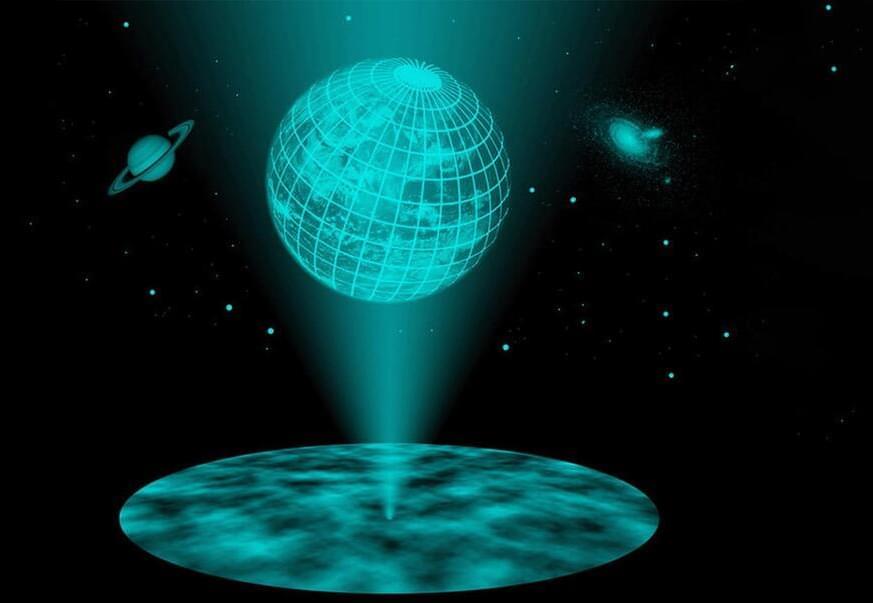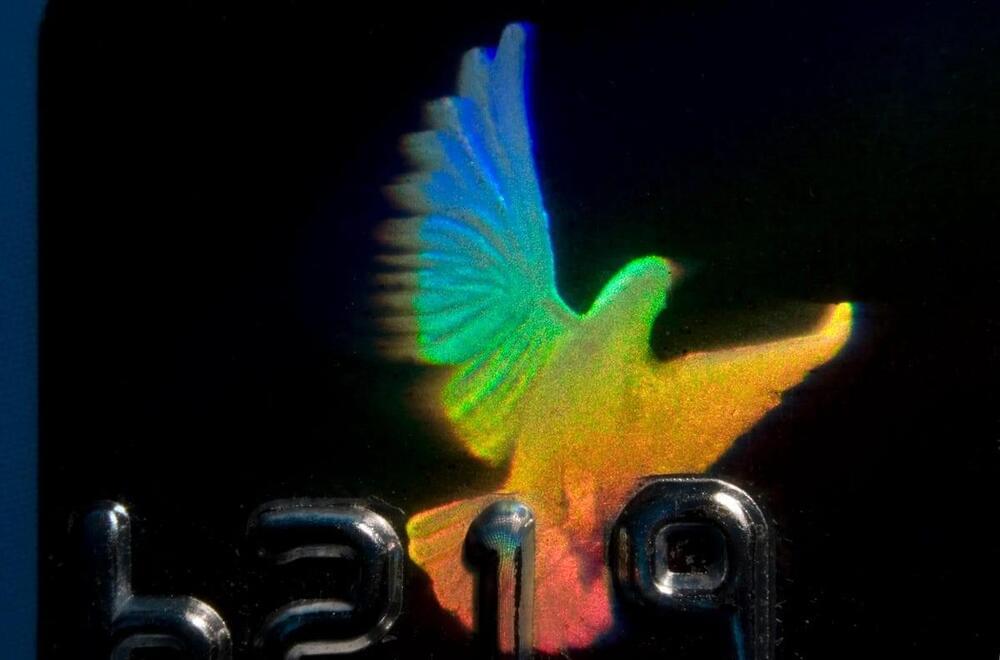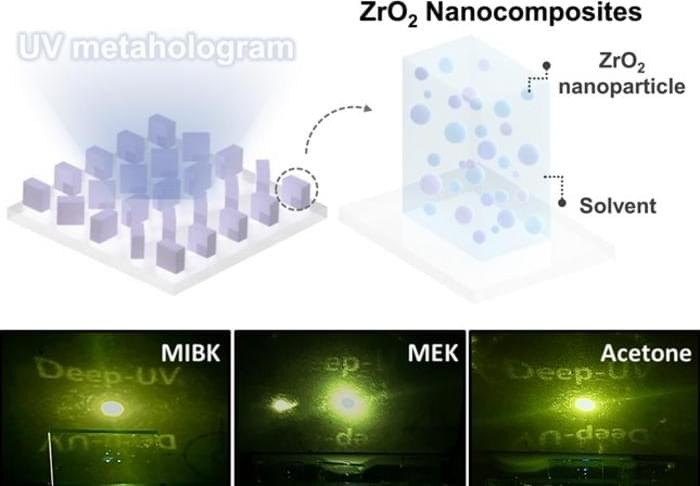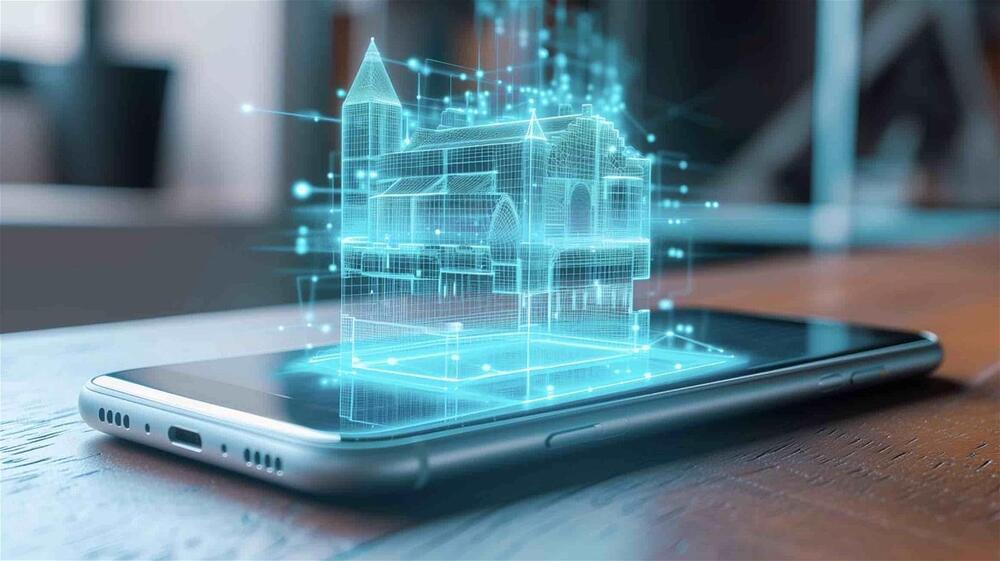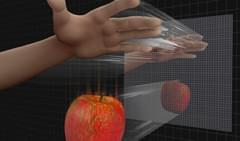In an experiment reported in the journal Nature, physicists have achieved a remarkable feat by creating the world’s first quantum holographic wormhole. The experiment delves into the profound connection between quantum information and space-time, challenging traditional theories and shedding light on the complex relationship between quantum mechanics and general relativity.
The team, led by Maria Spiropulu from the California Institute of Technology, utilized Google’s quantum computer, Sycamore, to implement the groundbreaking “wormhole teleportation protocol.” This quantum gravity experiment on a chip surpassed competitors using IBM and Quantinuum’s quantum computers, marking a significant leap in the exploration of quantum phenomena.
The holographic wormhole emerged as a hologram from manipulated quantum bits, or “qubits,” stored in minute superconducting circuits. This achievement brings us closer to realizing a tunnel, theorized by Albert Einstein and Nathan Rosen in 1935, that traverses an extra dimension of space. The team successfully transmitted information through this quantum tunnel, further validating the experiment’s success.

